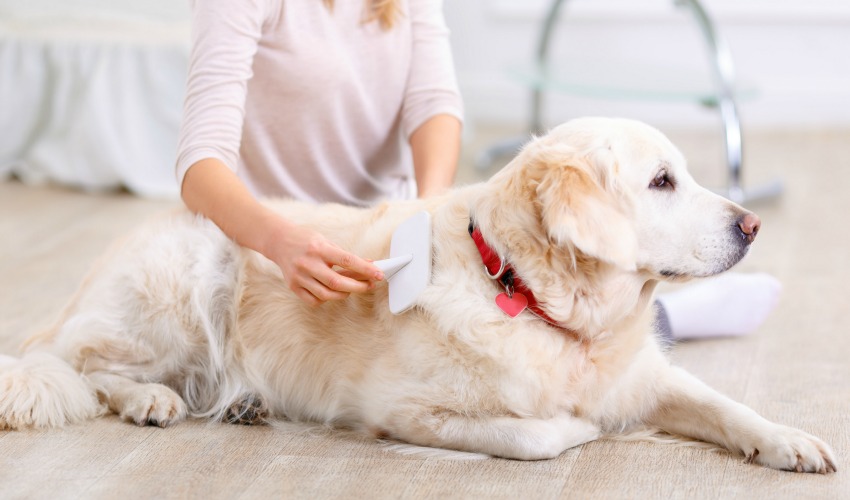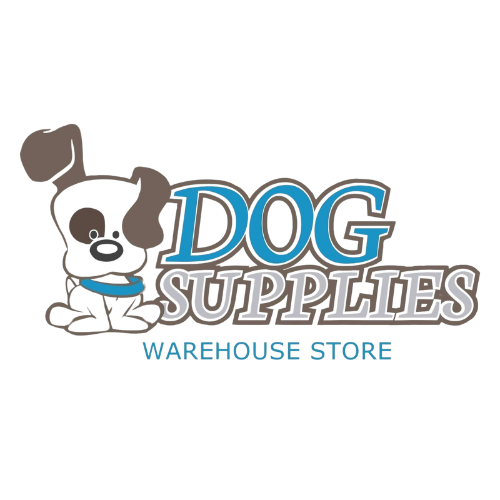Dog owners often aspire to have their pets not only healthy but also looking their best. A dog’s coat is one of the most visible signs of their overall well-being. Just like humans, dogs can face issues with their hair, such as shedding, matting, dullness, and dryness. Ensuring that your dog has a beautiful, shiny coat is not just about aesthetics—it also reflects their inner health. In this guide, we will uncover the secrets to beautiful dog hair care, exploring essential practices from nutrition to grooming that can give your dog a healthy, gleaming coat.
The Role of Nutrition in Healthy Dog Hair
The foundation of a beautiful coat starts from within, and nutrition plays a critical role in achieving that shiny, healthy hair. Much like how human hair can reflect dietary habits, a dog’s coat condition is directly influenced by what they eat. A balanced diet rich in essential nutrients can make a significant difference in your dog’s coat health.
Proteins, for instance, are the building blocks of healthy hair. Foods rich in high-quality proteins, such as chicken or fish, help in promoting hair growth and strength. In addition, omega-3 and omega-6 fatty acids are key players in maintaining a glossy, soft coat. These healthy fats not only improve hair texture but also prevent dryness and flakiness. Supplementing your dog’s diet with fish oil or flaxseed is a great way to ensure they are getting enough of these essential fats.
Furthermore, vitamins such as A, E, and biotin are vital for maintaining healthy skin and hair. These nutrients can be found in specialized dog foods formulated for skin and coat health. Hydration is also equally important, as dehydrated skin can lead to dry and brittle hair. Make sure your dog has access to fresh water at all times to maintain optimal coat health.
Regular Grooming: The Foundation of Beautiful Dog Hair
While proper nutrition lays the groundwork for a healthy coat, regular grooming is what keeps it looking its best. Grooming not only improves the appearance of your dog’s hair but also supports its health by removing dirt, dead skin cells, and loose hair. The process stimulates natural oils that protect the skin and give the coat its shine.

Brushing is a vital part of grooming and should be done regularly based on your dog’s breed and coat type. Short-haired breeds typically need less frequent brushing, while long-haired or double-coated breeds benefit from more frequent sessions. Brushing helps prevent matting and tangles, which can lead to discomfort and skin irritation. Additionally, brushing stimulates the production of natural oils that keep your dog’s coat looking glossy. For curly, wavy, or thick-haired dogs, using the right type of brush is crucial to avoid damaging the hair.
Bathing is another essential aspect of grooming, though it should be done in moderation. Over-bathing can strip away your dog’s natural oils, leaving their coat dry and brittle. Depending on their lifestyle and coat type, most dogs benefit from a bath every few weeks. Choosing the right shampoo is key to maintaining coat health. Shampoos formulated for sensitive skin, or for dry skin conditions, can help prevent irritation. After bathing, using a conditioner or coat spray can soften the hair and make it easier to manage. For long-haired breeds, detangling sprays are especially useful to prevent painful mats.
Preventing and Managing Common Hair Problems
Even with the best care, dogs can still face common hair issues, such as shedding, matting, and dryness. Understanding how to prevent and manage these problems is crucial to keeping your dog’s coat in tip-top shape.
Shedding is a natural process for dogs, though some breeds shed more than others. Dogs with thicker coats or double coats tend to shed seasonally, typically in the spring and fall. Regular brushing during these times helps manage the extra hair and prevents it from covering your home. De-shedding tools and grooming gloves can assist in removing loose hair more effectively.

Matting, on the other hand, is a problem for dogs with longer coats. Hair that is not brushed regularly can clump together, forming tight mats that can pull on the skin and cause discomfort. To prevent mats, brushing should be done daily for long-haired breeds. If mats do form, it’s essential to gently detangle them using your fingers or a detangling tool, rather than pulling at the hair. In severe cases, mats may need to be carefully cut out or handled by a professional groomer.
Dry skin and a dull coat can result from a variety of causes, including allergies, environmental factors, and poor diet. Dogs with dry skin may scratch or bite at their fur, further exacerbating the problem. Ensuring that your dog’s diet includes moisturizing fats, such as omega-3 fatty acids, can help alleviate this issue. Additionally, using moisturizing shampoos and conditioners can bring relief to dry skin and restore shine to the coat.
The Impact of External Factors on Dog Hair
External factors, such as weather, parasites, and the environment, also play a role in the health and appearance of your dog’s coat. Hot, dry weather can lead to brittle hair and flaky skin, while cold weather can dry out your dog’s coat, leaving it prone to breakage. It’s important to adjust grooming routines based on the season. In dry weather, using a leave-in conditioner can help keep the hair moisturized. In colder months, ensuring your dog stays warm with proper bedding and limiting exposure to the elements is essential for coat protection.
Parasites such as fleas and ticks can wreak havoc on your dog’s coat, leading to itching, scratching, and hair loss. Regular flea and tick prevention, whether through topical treatments or collars, can protect your dog from these pests and maintain the health of their skin and hair. Infections or skin conditions caused by parasites can quickly lead to more serious problems, so it’s crucial to address any signs of infestation early on.
Professional Grooming: When to Seek Expert Help
While regular at-home grooming is essential, certain dog breeds or hair types may require professional attention. Professional groomers have the tools and expertise to handle more challenging grooming tasks, such as cutting and shaping hair for breeds like Poodles or trimming around sensitive areas like the ears and paws.
Professional grooming also offers specialized treatments, such as deep conditioning or medicated baths, that can help dogs with specific coat issues. Groomers are trained to handle matting, excessive shedding, and haircuts that keep your dog’s coat manageable. Regular visits to a professional groomer can ensure that your dog’s coat stays in top condition, especially if they have a high-maintenance coat.
Selecting the right groomer is important, so it’s worth taking the time to find someone experienced with your dog’s breed and coat type. Asking for recommendations from other dog owners or your vet can help ensure your dog receives the best care.
Beautiful dog hair care is a combination of proper nutrition, regular grooming, and attention to external factors that may affect your dog’s coat. By providing a balanced diet rich in essential nutrients, regularly brushing and bathing your dog, and addressing any potential problems like matting or dry skin early, you can ensure that your dog’s coat remains healthy and shiny. Incorporating these habits into a consistent routine will not only enhance your dog’s appearance but also contribute to their overall well-being. With a little effort and the right approach, your dog can enjoy the benefits of beautiful, healthy hair for years to come.

After 5 years in a high pace business management role, I partnered with an e-commerce developer to start building Dog Supplies Warehouse.
Our number one goal is to make sure all products are managed and delivered to our customers door fast and accurately.
